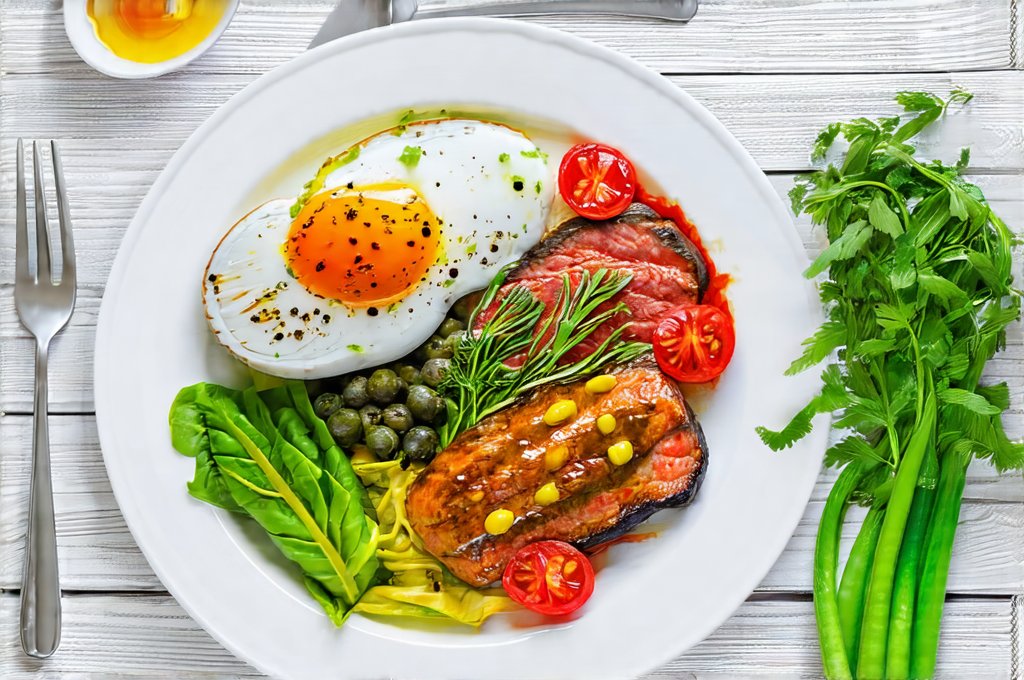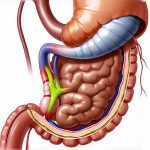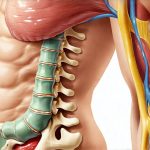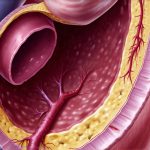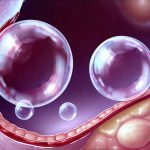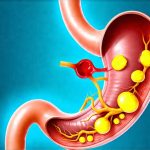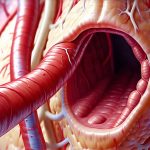Gastroesophageal reflux disease (GERD), commonly experienced as heartburn, affects millions worldwide. It occurs when stomach acid frequently flows back into the esophagus, irritating its lining. While medications can provide relief, dietary modifications often play a significant role in managing GERD symptoms and improving quality of life. A well-planned meal plan focusing on foods that minimize acid production and avoid triggers is an effective first step toward long-term relief. Understanding how different foods impact your body and tailoring your diet accordingly are crucial elements in controlling this chronic condition.
This 7-day GERD meal plan isn’t about restrictive dieting; it’s about making informed food choices to support digestive health. It focuses on incorporating easily digestible foods, reducing fat intake (which can exacerbate symptoms), avoiding common triggers like caffeine and alcohol, and promoting regular mealtimes. This approach aims to reduce acid reflux episodes and provide sustained comfort. Remember that individual tolerance varies, so listening to your body and identifying personal trigger foods is essential for successful management. The following plan provides a starting point, designed to be adapted based on your specific needs and preferences. If you’re looking for more specialized plans, consider exploring options like an easy 7-day acid reflux meal plan that includes snacks as well.
Understanding the GERD Diet: Foods to Embrace & Avoid
The cornerstone of any effective GERD diet lies in understanding how different food groups affect acid production and esophageal health. Low-acid foods are generally well-tolerated, while those high in acidity or fat can worsen symptoms. For example, alkaline foods like bananas, melons, and oats can help neutralize stomach acid, providing temporary relief. Conversely, citrus fruits, tomatoes, chocolate, and peppermint – though healthy in other respects – often trigger reflux in susceptible individuals. Fat slows down digestion, increasing the risk of backflow, so reducing overall fat intake is beneficial. Understanding meal composition strategies can further refine your dietary approach.
Beyond specific food categories, eating habits also play a crucial role. Large meals put pressure on the lower esophageal sphincter (LES), making reflux more likely. Eating quickly or lying down immediately after eating can have similar effects. Instead, focus on smaller, more frequent meals throughout the day and allow ample time for digestion before reclining. Proper hydration is equally important; water helps dilute stomach acid and aids in digestion. Avoiding trigger foods isn’t about eliminating them entirely but rather identifying your personal sensitivities and consuming them in moderation, if at all. Consider how meal timing can influence your symptoms as well.
Finally, recognizing that GERD is often influenced by factors beyond diet—like stress, obesity, and smoking—is vital. A holistic approach combining dietary changes with lifestyle modifications offers the best long-term results. This means prioritizing stress management techniques, maintaining a healthy weight, and avoiding tobacco use. It’s also essential to consult with a healthcare professional for personalized guidance and to rule out any underlying medical conditions contributing to your GERD symptoms.
7-Day Meal Plan for Acid Reflux Relief
This meal plan is designed as a template, offering suggestions for breakfast, lunch, dinner, and snacks each day. Feel free to swap meals based on your preferences, but adhere to the general principles of low-acid, easily digestible foods. Portion sizes should be moderate to avoid overfilling the stomach. Remember to drink plenty of water throughout the day. If you struggle with daily discomfort, exploring a gentle meal plan could be beneficial.
Day 1:
* Breakfast: Oatmeal with sliced banana and a sprinkle of cinnamon.
* Lunch: Grilled chicken salad (no tomatoes) with mixed greens and a light olive oil vinaigrette.
* Dinner: Baked salmon with steamed broccoli and quinoa.
* Snacks: Almonds, pear slices.
Day 2:
* Breakfast: Scrambled eggs (cooked in minimal oil) with whole-wheat toast.
* Lunch: Turkey breast sandwich on whole-grain bread with lettuce and avocado (avoid mustard).
* Dinner: Lean ground turkey stir-fry with brown rice and assorted vegetables (carrots, zucchini, bell peppers – avoid onions & tomatoes).
* Snacks: Greek yogurt, small handful of blueberries.
Day 3:
* Breakfast: Smoothie made with banana, spinach, almond milk, and a tablespoon of chia seeds.
* Lunch: Leftover turkey stir-fry.
* Dinner: Chicken breast baked with herbs and served with mashed sweet potatoes and green beans.
* Snacks: Rice cakes with avocado, apple slices.
Day 4:
* Breakfast: Whole-wheat toast with almond butter and a sliced banana.
* Lunch: Lentil soup with a side of whole-grain bread.
* Dinner: Baked cod with roasted asparagus and brown rice.
* Snacks: Cottage cheese, cantaloupe slices.
Day 5:
* Breakfast: Poached egg on whole-wheat toast.
* Lunch: Chicken salad sandwich (no tomatoes) on whole-grain bread with lettuce.
* Dinner: Vegetarian chili made with beans, corn, and zucchini.
* Snacks: A small handful of walnuts, orange slices (if tolerated).
Day 6:
* Breakfast: Oatmeal with berries and a sprinkle of flaxseed.
* Lunch: Leftover vegetarian chili.
* Dinner: Grilled chicken breast with steamed carrots and quinoa.
* Snacks: Banana, rice cakes with almond butter.
Day 7:
* Breakfast: Scrambled eggs with spinach.
* Lunch: Turkey wrap with lettuce and avocado in a whole-wheat tortilla.
* Dinner: Baked salmon with roasted Brussels sprouts and sweet potato mash.
* Snacks: Greek yogurt, pear slices.
Identifying Your Personal Triggers
The 7-day plan provides a solid foundation, but individual triggers vary significantly. What bothers one person may not affect another. Keeping a food diary can be immensely helpful in identifying these sensitivities. Record everything you eat and drink, along with any symptoms experienced (heartburn, bloating, nausea) and the timing of those symptoms relative to your meals. This detailed log will reveal patterns and pinpoint specific foods that consistently exacerbate your GERD.
- Common triggers: Caffeine, alcohol, chocolate, citrus fruits, tomatoes, onions, garlic, peppermint, spicy foods, fatty foods, carbonated beverages.
- Elimination diet: Consider a temporary elimination diet – removing potential trigger foods for a few weeks and then gradually reintroducing them one at a time to assess tolerance. This can help isolate sensitivities.
The process of identifying triggers requires patience and self-awareness. Don’t be discouraged if it takes time to pinpoint your individual sensitivities. Once you know what to avoid or limit, you can tailor your diet for optimal comfort and symptom management. Remember that even seemingly harmless foods can sometimes cause problems, so pay close attention to how your body responds. If you are looking for a more comprehensive guide, consider this 7-day GERD diet plan.
Portion Control & Meal Timing
Portion control is essential in preventing GERD symptoms. Overeating stretches the stomach, increasing pressure on the LES and making reflux more likely. Aim for smaller, more frequent meals throughout the day instead of three large ones. This reduces the burden on your digestive system and minimizes the risk of backflow. Using smaller plates can visually help with portion control.
Meal timing also plays a significant role. Avoid eating within 2-3 hours of bedtime to allow sufficient time for digestion before lying down. Elevating the head of your bed by 6-8 inches can further reduce nighttime reflux. Additionally, avoid quick meals and take the time to chew your food thoroughly. This aids in digestion and reduces strain on the digestive system.
- Avoid late-night snacking: Eating close to bedtime increases the risk of acid reflux during sleep.
- Sit upright after eating: Remain upright for at least 30 minutes after meals to allow gravity to assist with digestion.
- Slow down your pace: Eating slowly and chewing thoroughly can improve digestion.
Hydration & Lifestyle Factors
Staying adequately hydrated is crucial for overall health and plays a role in managing GERD symptoms. Water helps dilute stomach acid, aiding digestion and reducing irritation of the esophageal lining. Sip water throughout the day rather than drinking large amounts with meals. While hydration is important, avoid excessive fluid intake during meals as it can increase stomach volume and potentially worsen reflux.
Beyond diet, lifestyle factors significantly impact GERD management. Maintaining a healthy weight reduces pressure on the abdomen and LES, while regular exercise improves digestive function. Stress management techniques – such as yoga, meditation, or deep breathing exercises – can also help alleviate symptoms, as stress often exacerbates GERD. Finally, avoiding smoking is essential, as nicotine weakens the LES and increases acid production. A holistic approach addressing both dietary and lifestyle factors offers the most effective long-term relief from GERD symptoms. Understanding meal composition strategies can also help tailor your diet for optimal results, especially if you’re a busy professional or traveler looking to build a gut-friendly meal plan. Finally, don’t underestimate the importance of meal timing for managing symptoms and promoting digestive health.

